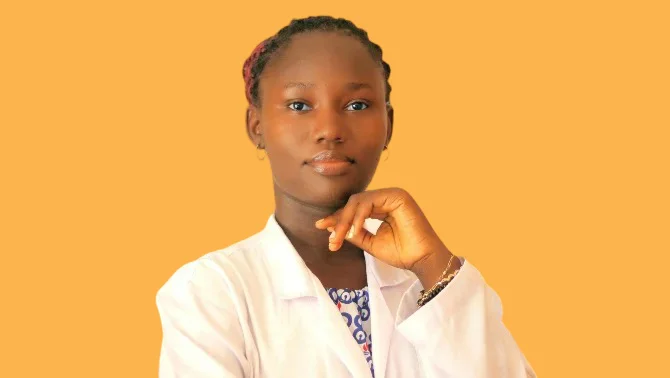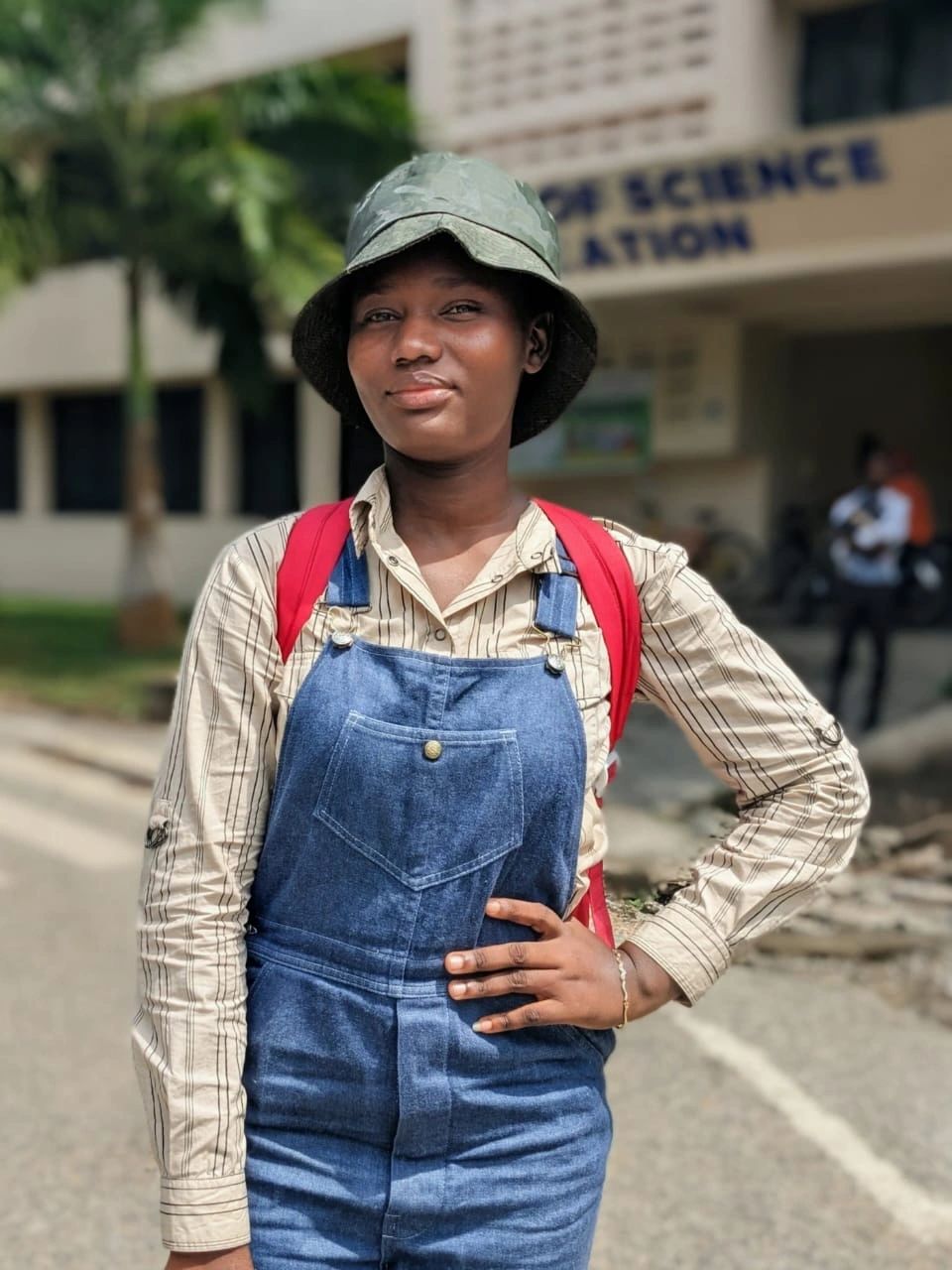
Joana Williams: Science isn’t Just About Knowing Why Things Happen. It’s About Finding Ways to Make Life Better
Joana Williams, Biology and Chemistry Student at the University of Education, Winneba, shared on LinkedIn:
“Sickle Cell Series | Episode 9
After learning about how a tiny change in our DNA can cause sickle cell disease… let’s talk about how science is finding ways to fix it!
One of the most promising breakthroughs is CRISPR, a powerful gene-editing technology that allows scientists to “cut” and “correct” faulty genes inside our DNA.
Here’s the exciting part
CRISPR can be used to edit the gene responsible for producing abnormal hemoglobin; the root cause of sickle cell disease.
In simple terms, it helps “rewrite” the DNA instructions so that red blood cells can produce normal hemoglobin again.
Imagine no more sickled cells, no more painful crises, no more lifelong complications.
The first patients treated with this approach have already shown amazing results, living symptom-free after years of battling the condition.
We’ve truly come a long way from understanding amino acids to editing them for healing.
Science isn’t just about knowing why things happen. It’s about finding ways to make life better
Visit the comment section below for an image to aid understanding ”

Stay informed with Hemostasis Today.
-
Dec 19, 2025, 13:30PPTA Europe’s Holiday Message: Wishing Health, Rest, and Renewal for 2026
-
Dec 19, 2025, 13:22If You Were Reading a “Bible for Blood Donation Volunteers,” What’s the ONE Thing That Must Be in It?
-
Dec 19, 2025, 12:52Julia Owens: Stroke Remains One of the World’s Leading Causes of Death and Disability
-
Dec 19, 2025, 12:03Pradeep Natarajan: Our New Genetic Study of Aortic Stenosis in ~3M
-
Dec 19, 2025, 11:47ESO Blog: Anna Gardin on Stroke Risk in the Era of Climate Extremes
-
Dec 19, 2025, 10:51Sarah Elkourashy Presents Insights on Caplacizumab for TTP at ASH25
-
Dec 19, 2025, 10:08Camilla Lombardi Shares an EHC Nutrition Guide for People with Bleeding Disorders
-
Dec 19, 2025, 09:56Danny Hsu Shares The ”I-WISh” Study by Nichola Cooper on ITP
-
Dec 19, 2025, 09:39Paul Bolaji: A Landmark Achievement -The Historic 1st Nigerian Stroke Leaders’ Summit 2025
